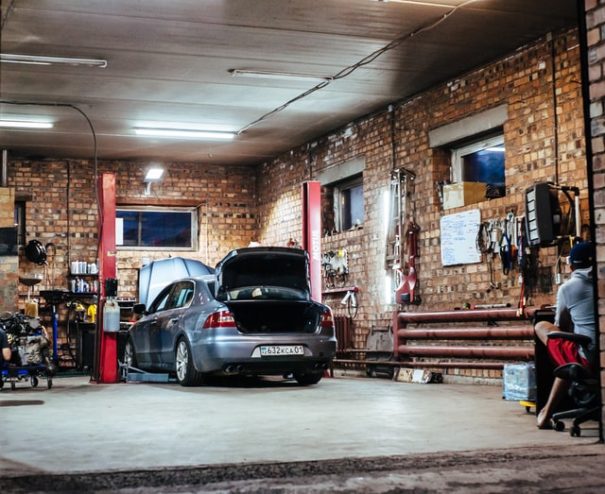
That new car feeling is always enjoyable, but unfortunately, it doesn’t last forever. With proper car care, you can prolong that new car feeling and keep your car in the best condition for as long as possible. Here’s how to do it.
Wheels and Tires
Clean brake dust off regularly. These avoid the heat from your brakes baking the grime from the road onto your wheels. You can do this easily with cold water and a damp sponge.
Check your tire pressure every two weeks. The right tire pressure will improve your fuel economy, handling, and comfort of driving. You can find what pressure your tires should have in your owner’s manual.
Check your tread depth. It should meet the minimum of 16.mm. If your tread is lower than that, it is time to invest in new tires.
Rotate your tires every 5000 miles. This means you swap the front and back tires in order to even out the wear.
Bodywork
Check your windscreen for any stone damage or chips. If you notice anything, get the problem repaired as soon as possible before the problem gets worse. Replace your windscreen wipers once a year to prevent them from smearing.
Keep it clean. If you’ve spent the money on something like a new Range Rover Evoque, take the time to keep it clean. Winter salt and road grime should be hosed off first before you wash the car to stop it from scratching the paintwork.
Wax the paintwork every six months. A coat of a quality wax can keep the paint looking polished and helps to protect it from damage.
Protect the interior plastic. Park your car in the shade when you can, and use a window deflector screen to stop the plastic and vinyl inside the car from drying out. Don’t use silicone-based sprays inside the cars, as these sprays can make the pedals slippery and dangerous.
[ad]
Engine
Check the belts at the front of your engine. The belts are a series of rubber belts that drive all sorts of things, from the alternator to the a/c compressor. Check the belts every 25000 miles to make sure they are still in good condition.
Check your oil level. Park on level ground and wait for the engine to cool. When it has, find the dipstick. Pull the dipstick out, wipe it clean, then push it all the way back in. Remove it again and check the level of the oil. There will be high and low markings on the stick, and the level should be between these. If it isn’t, this can mean big trouble for your engine.
Check your coolant level. Check your car’s handbook to find where the coolant reservoir is. It is usually bolted to one side of the engine bay. The bottle will have high and low markings on it which you can read to check if the level of coolant is correct. You should also flush the cooling system and change the coolant once a year.

